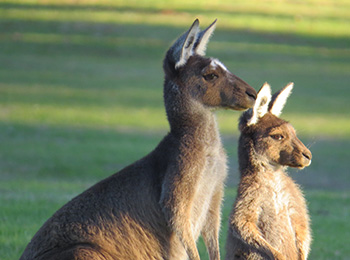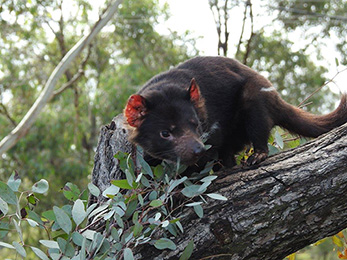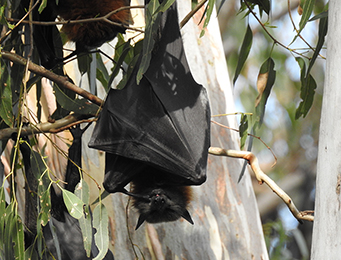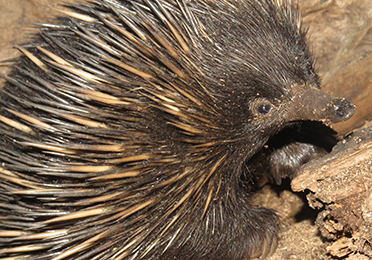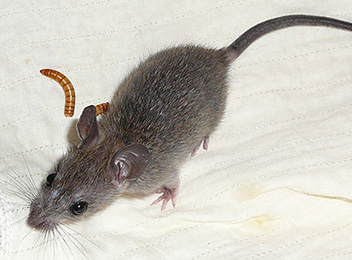AUSTRALIAN MAMMALS
The Enchanting World of Australian Mammals
Australia’s vast landscapes are home to a remarkable array of mammals, each uniquely adapted to its environment. From sun-drenched deserts and rainforests to rugged mountain ranges, Australian mammals tell vibrant stories of evolution and survival. This offers an introduction to these captivating creatures, inviting you to explore their intriguing world.
A Land of Unique Mammals
Australia stands apart from many parts of the world due to its distinctive evolutionary history. Isolated by ancient seas for millions of years, the continent has nurtured a diverse range of mammals, including:
Marsupials: Perhaps best known are the Kangaroos, Koalas, and Wombats. Marsupials are characterised by the pouch in which their young continue to develop after birth.
Monotremes: These odd creatures, the Platypus and Echidna, are known for their unique blend of reptilian and mammalian traits. They lay eggs rather than giving birth to live young.
Placental Mammals: While not as widely recognised as their marsupial counterparts, Australia is also home to several placental mammals, including various species of bats and rodents, which play important roles in their ecosystems.
Interconnected Ecosystems and Conservation
Australian mammals are not isolated entities; they are all part of a complex network of ecosystems where every creature plays a vital role. Here are some ways these mammals contribute to their environments:
Pollination and Seed Dispersal: Many species help maintain plant diversity by transporting pollen or dispersing seeds through their foraging habits.
Soil Health: Burrowing mammals, such as certain marsupials, aerate the soil, promoting a healthy environment for plant growth.
Food Web Stability: Mammals serve as both predators and prey, ensuring the balance of ecological interactions.
Preserving these species is essential not only for their intrinsic value but also for maintaining the health of ecosystems across Australia. Through careful conservation efforts, we can safeguard their future and continue to learn from their remarkable adaptations.
Embracing the Future with Knowledge
Our journey into the world of Australian mammals is both a celebration of their diversity and a call to action. As we learn more about their lives, habitats, and challenges, we are reminded of the importance of protecting these natural treasures.
By engaging with the stories and science behind Australian mammals, we deepen our appreciation and commitment to conservation. Their survival depends on ongoing research, sustainable practices, and a shared dedication to preserving the natural wonders of our world.
This introduction is just the beginning. As you explore further, let the captivating world of Australian mammals inspire you to look more closely at nature’s ingenuity and the delicate balance of life on this extraordinary continent.

